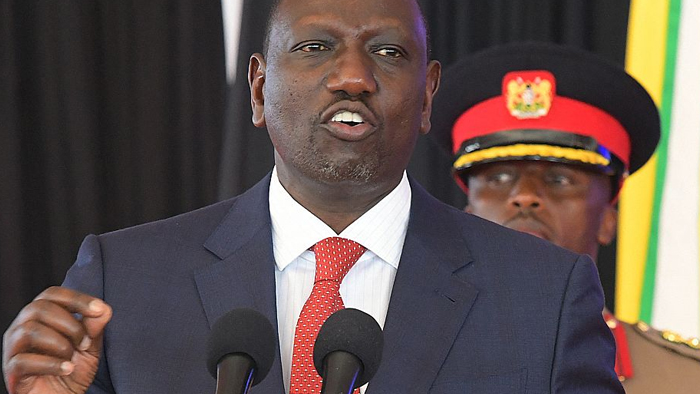(3 minutes read)
Kenyan President William Ruto officially launched the resourceful fund recently, the upshot of his campaign promise intended to give the poorest access to credit and revive the economy of the country. It was billed as a tool to lift millions from below the poverty level
Kenyan President William Ruto officially launched the resourceful fund recently, the upshot of his campaign promise intended to give the poorest access to credit and revive the economy of the country. It was billed as a tool to lift millions from below the poverty level.
The Head of State inaugurated the first part of his much-awaited program, which has components like personal loans offered at a rate of 8% up to 50,000 shillings (approximately Euro 400). This can be accessed by any adult Kenyan with a money transfer application by mobile phone. Close to 50 billion shillings (approximately Euro 400 million) will be spent under this scheme over five years. The resourceful fund will have other components viz: schemes for promoting micro credits, and funding start-ups, lifting the economic well-being of the people, and boosting borrower confidence.
The fund will also oblige borrowers to open a savings account. Five percent of the amount of the loan taken out is automatically paid into a personal savings plan. The government will top up for a maximum of 6,000 shillings per year (approximately 45 euros).
Read Also:
https://trendsnafrica.com/kenya-proposes-to-expand-defence-cooperation-with-uk/
https://trendsnafrica.com/kenya-lifts-ban-on-gmos-to-ensure-food-security/
https://trendsnafrica.com/kenyas-export-earnings-from-horticulture-decline/
President Ruto had made a number of promises to help the country’s economic pick-up. Kenya is saddled with many economic ills including an indebtedness of US$70 billion. Earlier, the president cut costly food and fuel subsidies introduced by his predecessor Uhuru Kenyatta. He also pledged to make income tax more progressive in an attempt to reduce inequality. Having over 50 million people, Kenya is considered a fast-growing economy in east Africa. A third of its population lives below the poverty line. Inflation hit 9.6% in October, its highest for more than five years. The Kenyan shilling fell against the dollar to a level of 122 shillings for one dollar.





